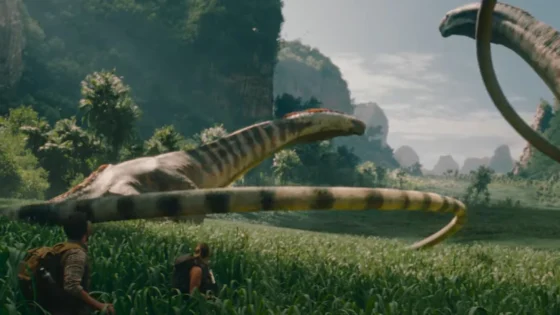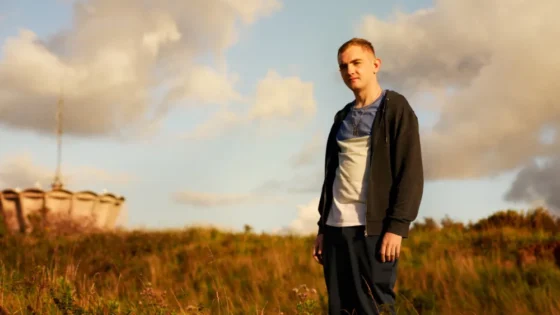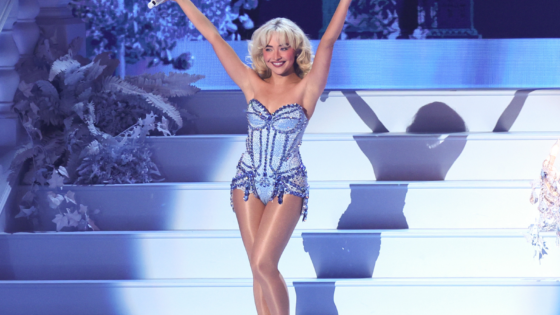Film
TIFF 2017: ‘Vampire Clay’ Is Fun But Forgettable
‘Vampire Clay’ is an enjoyable B-level horror film, but somewhat lacking in originality.
Director and makeup artist Sôichi Umezawa certainly has a great aesthetic sensibility, and this comes through in Vampire Clay, a film about art. But despite the filmmaker’s obvious creativity, the film falls short of greatness or real consistent originality.
Vampire Clay marks Umezawa’s first feature film, after two shorts (including a segment in ABCs of Death 2) and numerous credits in the makeup and special effects departments. The story follows the uncovering of a bag of clay buried underground. Found by a sculpting instructor, the clay is brought to her studio, where one of her pupils begins to work with it. The clay, which gives its user unheard of artistic talent, begins to come to life slowly, first only at night when no one is around, but soon attacking the art students, consuming them within its mass and turning them into malleable, murderous monsters.
At its best, Vampire Clay has the humour of a gory horror-comedy and the aesthetics of an avant-garde stop-motion animation. Feeling a bit like a mash-up of Sion Sono’s Exte (2007) and Jan Svankmajer’s Dimensions of Dialogue (1982), it would be impossible to say that the Umezawa’s film isn’t stylishly fun, while his delightfully creepy character design (especially the clay dolls which attack the artists) brings creativity to the typical haunted doll of horror cinema.
But while Vampire Clay is amusing enough, it is perhaps overly derivative. Owing a lot to irreverent horror comedy, and playing the genre well, it would be hard to argue that Umezawa is doing anything new with his film. The exaggerated performances, B-movie humour, and super gory effects feel as though they could have been done by another filmmaker in another film, and probably have been. Drawing so much on obvious influences is perhaps to Umezawa’s detriment, as one cannot necessarily create a great film by simply referencing other greater films.
The central artistic storyline, however, is creative. The clay is revealed to be from a delirious, dying artist who attempted to make his sculpture live on. Infusing himself in the clay (in a wonderfully gross scene of blood-art and drunken dancing with the clay doll), the artist passes on, while his sculpture becomes sentient — and murderous. The doll’s design is beautifully creepy, while the arty origin story adds interest, making Vampire Clay slightly more unique. It is, unfortunately, not quite enough to make the film memorable.
None of this is to say that Vampire Clay is not enjoyable. A welcomed break from more serious films, Umezawa’s feature is a delight in its jovial energy, while one gets the sense that the filmmaker truly adores the B-movie style he recreates. This infectious reverence of the horror comedy is to Vampire Clay‘s benefit — it’s hard to not be as excited as Umezawa about the genre. Nevertheless forgettable, one can forgive Vampire Clay for its overall lack of originality. It may not stick in ones mind after the end of its 81 minute runtime, but it would be hard to not enjoy oneself while watching.

































